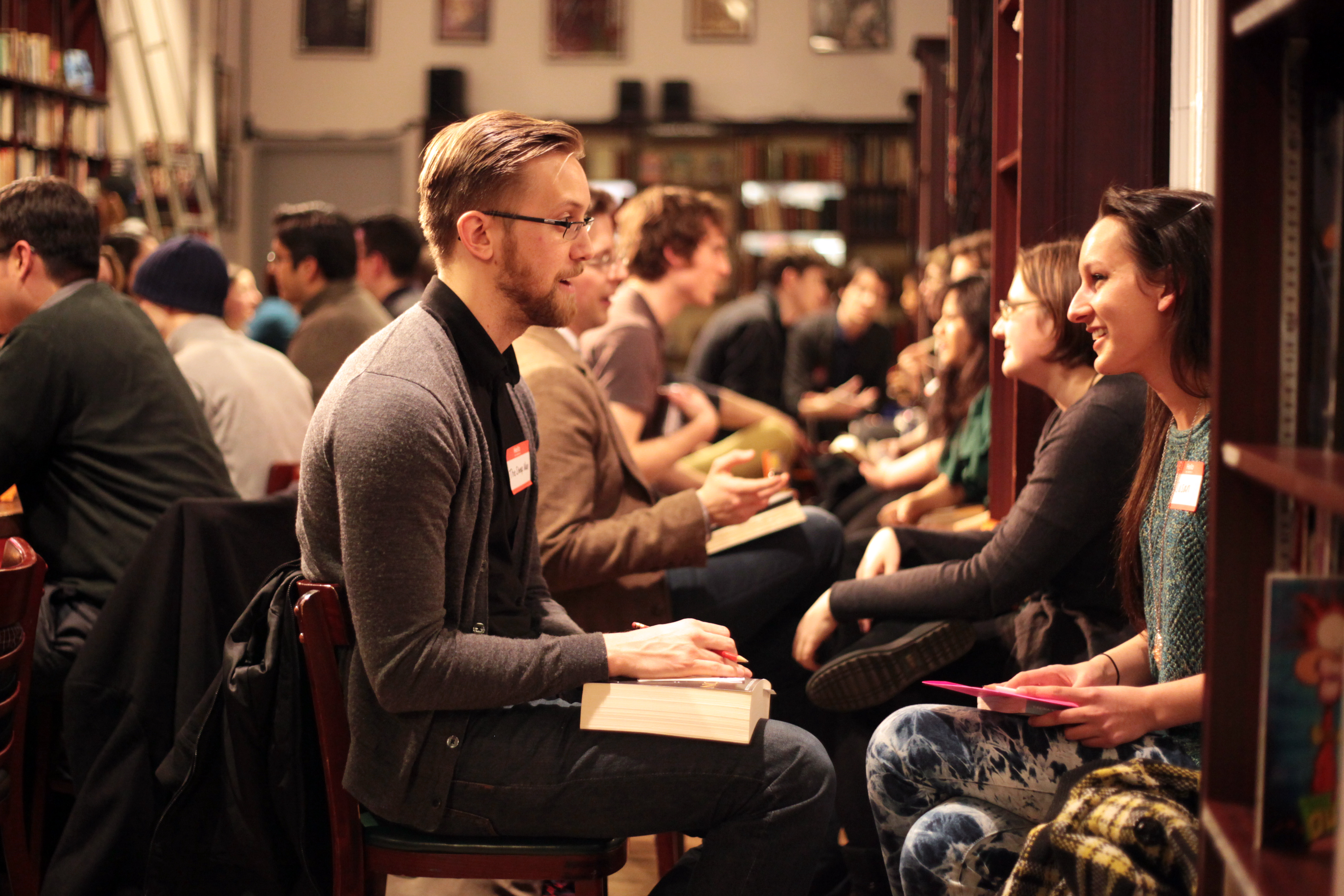Anna Coluccia. 1 Office of Healthcare Sciences, Surgical procedures and Neurosciences, University of Siena, Siena, Italy.
Andrea Pozza. 1 Office of Health-related Sciences, Medical procedures and Neurosciences, College of Siena, Siena, Italy.
Fabio Ferretti. 1 Office of Healthcare Sciences, Surgical treatment and Neurosciences, College of Siena, Siena, Italy. Fulvio Carabellese. 1 Office of Clinical Sciences, Surgical procedures and Neurosciences, University of Siena, Siena, Italy.
- How do I steer internet dating as a form of lone parent?
- How can you work with seeing anybody accompanying a distinct amount of public anxiousness?
- How can i split with people whilst not hurting them too a whole lot?
- How critical might it be to get very much the same ambitions for future years inside of a intimate relationship?
- How could i process seeing people accompanied by a active livelihood?
- How to grip an associate with various family vacation practices?
- Can i find their way going out with just like a individual with different politics affiliations?
- What are the don’ts and do’s of online dating?
Examples of the best dating applications?
Alessandra Masti. 1 Section of Medical Sciences, Medical procedures and Neurosciences, College of Siena, Siena, Italy. Giacomo Gualtieri. 1 Department of Health-related Sciences, Surgical treatment and Neurosciences, College of Siena, Siena, Italy.

Abstract. Background:Digital orchidromance reviews conversation systems can triumph over actual physical, social and psychological limitations in building romantic associations.
Could it be good to date people that includes a many different faith based experience?
On the web romance ripoffs are a present day form of fraud that has unfold in Western societies together with the improvement of social media and dating apps. By way of a fictitious World wide web profile, the scammer develops a romantic marriage with the target for 6-eight months, constructing a deep emotional bond to extort financial methods in a manipulative dynamic. There are two noteworthy features: on the one particular hand, the double trauma of dropping dollars and a connection, on the other, the victim’s disgrace upon discovery of the rip-off, an part that might guide to underestimation of the quantity of conditions. Objectives:This paper presents a scoping assessment of the quantitative and qualitative evidence on this challenge, focusing on epidemiological features, relational dynamics, and the psychological features of victims and scammers.
Methods:A literature scoping assessment was executed making use of digital databases and descriptors. Scientific studies ended up bundled if they experienced analyzed the phenomenon in any population or the partnership dynamics characterizing it by way of in any way typology of design and style. Scoping opinions are a kind of knowledge synthesis, which incorporates a range of research layouts and wide eligibility conditions to comprehensively summarize evidence with the intention of informing follow, systems, and plan and furnishing path to long run investigation priorities.
Results:Twelve scientific tests were integrated. Sixty-a few percent of social media consumers and 3% of the standard population report acquiring been a sufferer at the very least when. Some psychological variables look to be linked with the threat of remaining scammed, these kinds of as feminine gender, center-age, increased levels of neuroticism, tendencies to the intimate idealization of affective relations, feeling seeking, impulsiveness and susceptibility to dependancy.
We analyse literature limits and future instructions. Conclusion:Since this rising phenomenon is even now mainly unrecognized, comprehension the psychological qualities of victims and scammers will enable at-risk individuality profiles to be recognized and prevention/intervention procedures to be designed. 1. INTRODUCTION. Over the past twenty many years, the rapid development of digital interaction engineering has specified increase to new sorts of social interaction and romancing on world wide web websites, social media and relationship applications [one, 2].
